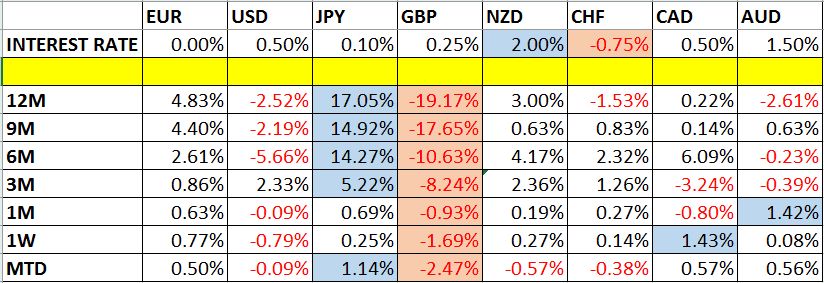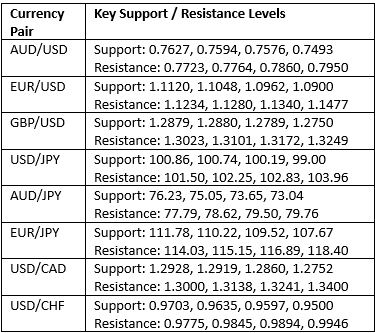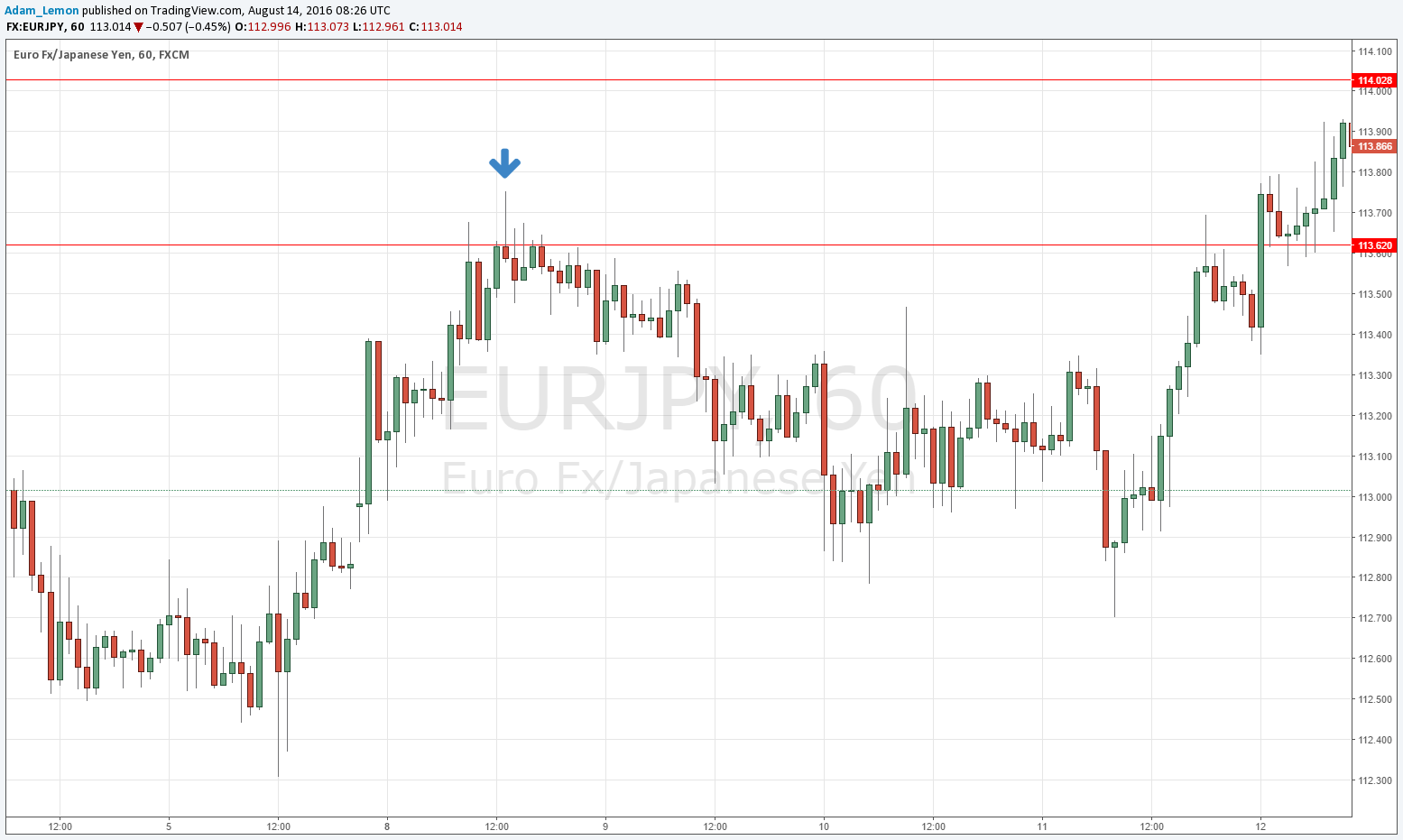This week we’ll begin with our monthly and weekly forecasts of the currency pairs worth watching. The first part of our forecast is based upon our research of the past 11 years of Forex prices, which show that the following methodologies have all produced profitable results:
Trading the two currencies that are trending the most strongly over the past 3 months.
Assuming that trends are usually ready to reverse after 12 months.
Trading against very strong counter-trend movements by currency pairs made during the previous week.
Buying currencies with high interest rates and selling currencies with low interest rates.
Let’s take a look at the relevant data of currency price changes and interest rates to date, which we compiled using a trade-weighted index of the major global currencies:
Monthly Forecast August 2016
This month we forecasted that the best movements will be short GBP/USD and USD/JPY. The performance so far is nicely positive, as shown below:
Weekly Forecast 14th August 2016
Last week, we made no forecast.
This week, we make no forecast, as there were no strong counter-trend moves.
This week has been dominated by strength in the Canadian Dollar, and weakness in the British Pound.
Volatility was greater than it was during the previous week, with a little under half of the major and minor currency pairs changing in value by more than 1%. Volatility is likely to be considerably over this coming week, which will be dominated by the Federal Reserve’s Meeting Minutes release providing clues as to the development of monetary policy concerning the USD.
You can trade our forecasts in a real or demo Forex brokerage account.
Key Support/Resistance Levels for Popular Pairs
We teach that trades should be entered and exited at or very close to key support and resistance levels. There are certain key support and resistance levels that should be watched on the more popular currency pairs this week, which might result in either reversals or breakouts:
Let’s see how trading one of these key pairs last week off key support and resistance levels could have worked out:
EUR/JPY
We had expected the level at 113.62 might act as resistance, as it had acted previously as both support and resistance. Note how these “flipping” levels can work really well. The H1 chart below shows the how the price came to this level before turning with a bearish pin candle triggering a very good entry at the downwards arrow, giving a maximum reward to risk ratio of more than 4 to 1 if the stop had been placed just above the swing high! The short entry could have been confirmed for more conservative traders by the next few candles, all of which were bearish and none of which were able to close above the indicated resistance level of 113.62. A logical place – and the best place – at which to take profit would have been the bullish pin candle that formed at the previous sing low towards the end of the week.
You can trade our forecasts in a real or demo Forex brokerage account to test the strategies and strengthen your self-confidence before investing real funds.




